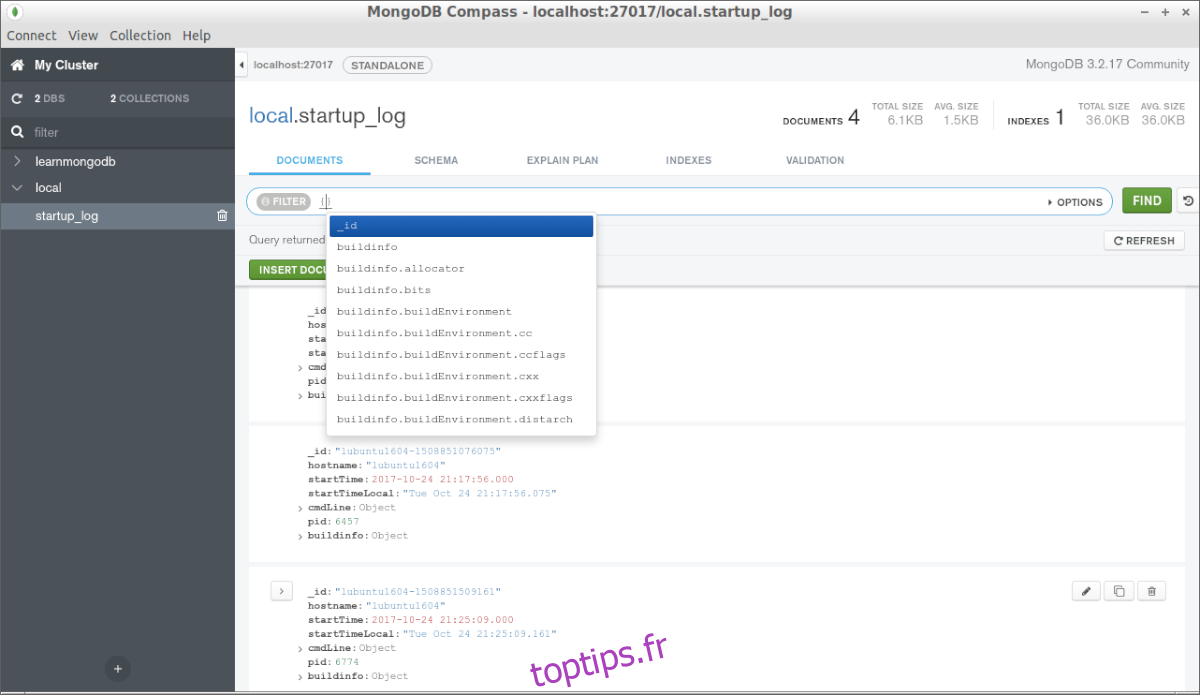
When setting up the application, a lib/mongodb.ts file was created. What makes the one-time Next.js MongoDB useful? When connecting these two, you must write a script to execute a MongoDB connection back to Next.js. Let’s digest how the created template connects to MongoDB. If Next.js can access your MongoDB database, a You are connected to MongoDB message will be logged in your page as follows: If the URI you have provided is not working correctly, Next.js will return the following error on your page: Open the application using on the browser. Start the development server using the following command: npm run dev MONGODB_URI="mongodb://localhost:27017/posts"Īt this point, we can run the application to check if Next.js can connect to the database. Below is an example URI of a locally installed MongoDB Compass. Once the URI is ready, go ahead and rename. Next.js will use this URI to connect to MongoDB. Using your environment choice, go ahead and copy your MongoDB connection URI. You can use the locally installed MongoDB Compass or the cloud-hosted MongoDB Atlas. We need a working MongoDB environment to execute with Next.js. Once the installation is done, proceed to the newly created posts_app directory: cd posts_app Setting a MongoDB Environment Note: Running the above command may take a moment, depending on your internet speed. To create Next.js with your favorite package manager, you can go ahead and add the following flags right after create-next-app:Īny of the above flags will Instruct the CLI to explicitly use the package of your choice to generate the project. The above create-next-app command will create your application using Yarn as the default package manager. Finally, posts_app creates the directory where the bootstrapped application will be saved in your working directory. Adding the -example with-mongodb flag will instruct Next.js to bootstrap a template application with ready to use MongoDB setup. Here we use the usual npx create-next-app command to create a Next.js application locally. Run the following command to bootstrap the application: npx create-next-app -example with-mongodb posts_app Proceed to your preferred working directory. This will allow you to create an application ready and configured with all dependencies needed to access MongoDB. To create this application, we will use a one-time command that lets you create a MongoDB Next.js basic project. In this article, we will implement a posts application using Next.js and MongoDB. Let’s now dive and create a Next.js application. These include greater community support, fast refresh, automatic Typescript configuration, API routes for Node.js serverless functions, etc. Next.js has a list of developer benefits.
#Connect mongodb compass to localhost code
Using Next.js you can run your whole Next.js and MongoDB infrastructure within a single code base. This means you don’t need an additional server to run MongoDB.

Given that MongoDB provides cloud-hosted access, it becomes easy to deploy your full-stack application to hosting services such as Vercel. You can run your MongoDB anywhere and leverage its cloud-native capabilities.


To fully understand this article, it is essential to have the following:
#Connect mongodb compass to localhost how to
The tutorial will explain how to create a Next.js application, connect it to MongoDB, and perform database operations. It would be ideal to discuss how to run MongoDB using Next.js applications. MongoDB is one of the most popular NoSQL databases. It incorporates the latest minimalistic technologies that help developers create web apps with minimal code bases. Next.js is a database-agnostic web-based framework.


 0 kommentar(er)
0 kommentar(er)
